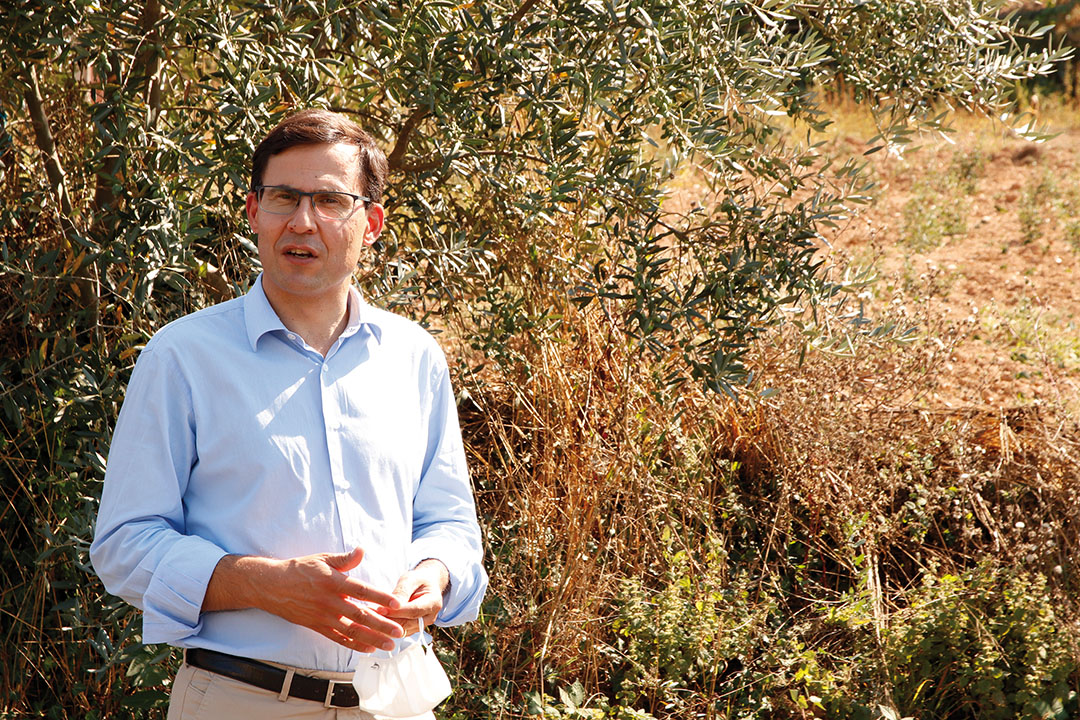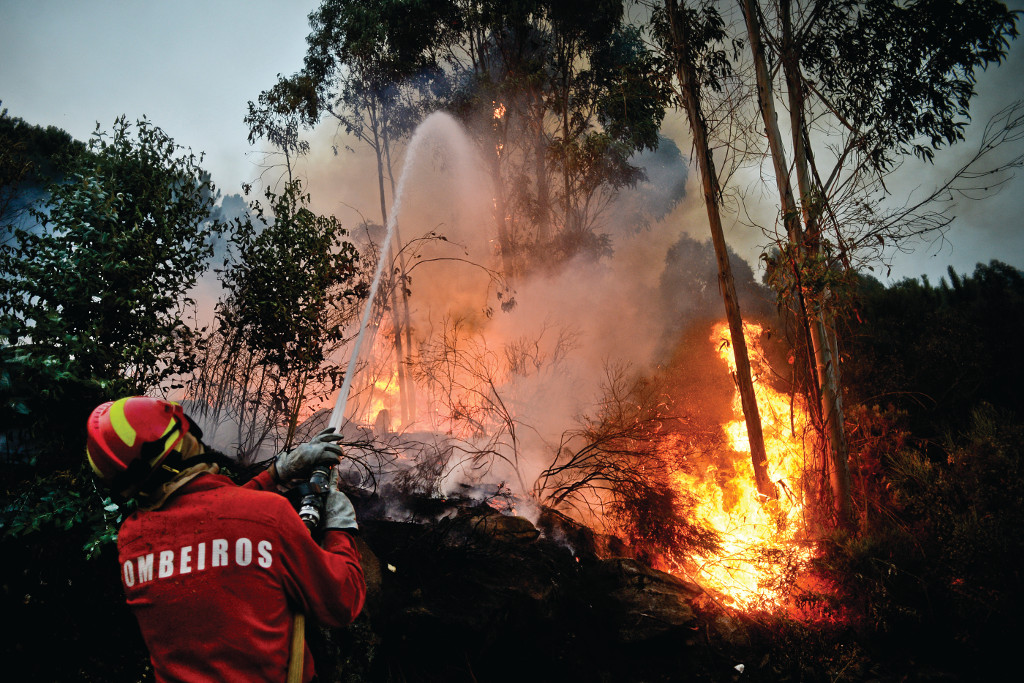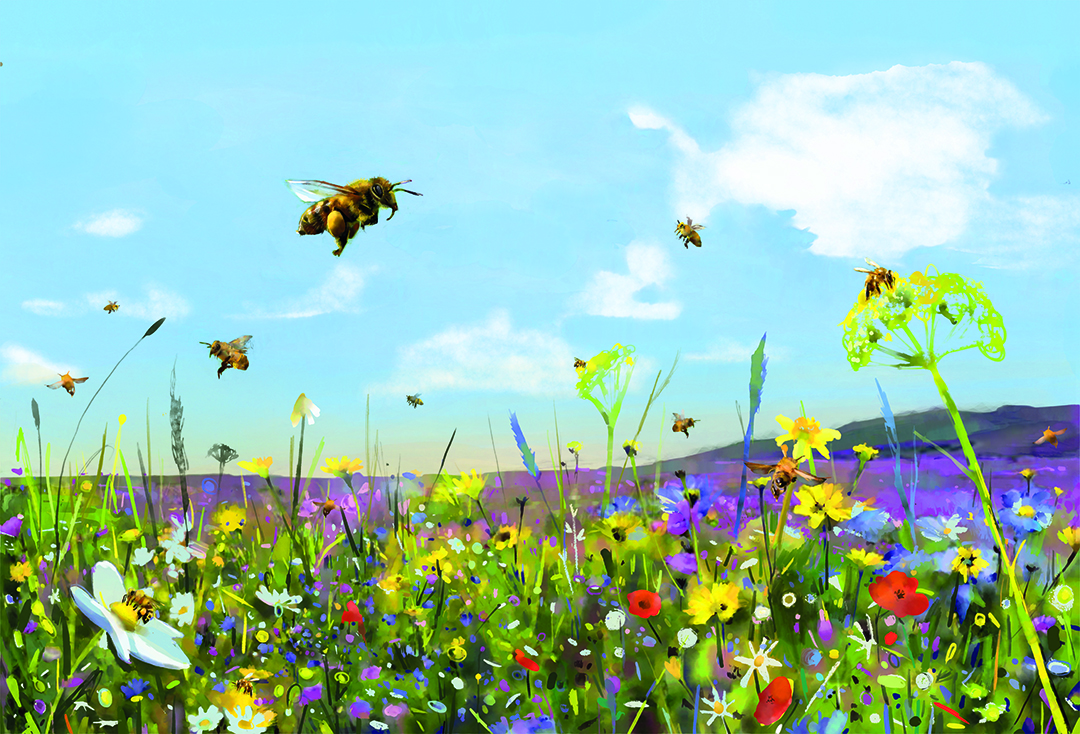
Mountains of Hope
PAINTING IN SHADES OF GREEN
The green lung will breathe again. Three years after the wildfires that ravaged the Serra do Açor mountains, the foundations have been laid to bring new life to the region, painted in the colour of hope. This “Floresta Serra do Açor” (Serra do Açor Forest) project aims at replanting 2,425 ha in the Arganil municipality with native species. This initiative brings together the Arganil town council, the Coimbra School of Agriculture (ESAC) and the Jerónimo Martins Group, which is financing the reforestation efforts with nearly five million euros.
For the Mayor of Arganil, Luís Paulo Costa, the investment “is about more than planting trees, it’s about planting a new forest, given the sheer size of it and its ecological features”. In an interview with Feed, he recalls that after “the devastating wildfires of 2017, I knew that if nothing was done, nature would create another powder keg in half a dozen years. What we are doing is planting a new forest of fire-resistant native species, while protecting the region’s wildlife.”
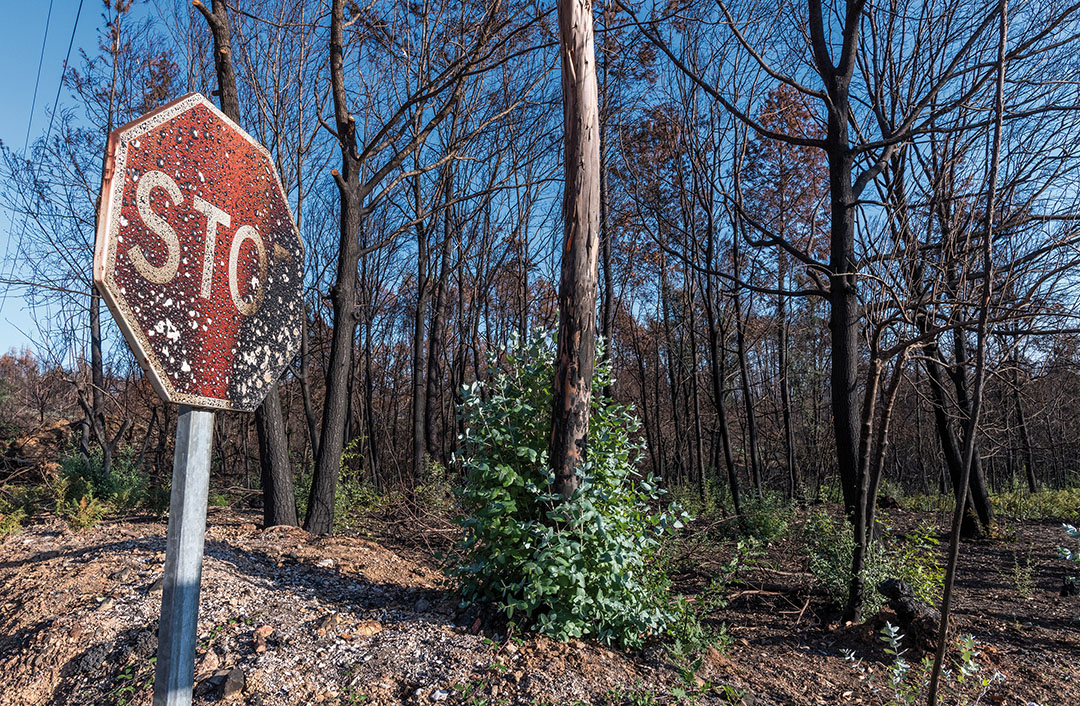
The project will run over the next 40 years and trees will be planted during the first five. Professors and researchers from the Coimbra School of Agriculture provided technical and scientific support in the drafting and validation of the Forest Management Plan. Serra do Açor was mostly covered in pine, but now 85% of the area to be restored will be planted also with cork oaks, chestnut trees, oak trees and strawberry trees. Within 10 to 15 years, the pine trees will be felled to make way for native species.
At the same time, most of the forest species chosen regenerate naturally after being felled, through seed germination or from sprouts, thus ensuring the continuity of these forest stands, as explained José Gaspar from the Coimbra School of Agriculture and scientific coordinator of the project. This innovative project involves more than just planting trees.
“The project involves the intervention in and restoration of an entire area, and engages civil society, local authorities, businesses and the academic community in a long-term commitment,” said António Serrano, CEO of Jerónimo Martins Agro-Alimentar and member of the Strategy Board of the recently created Serra do Açor Forestry Association, dedicated exclusively to managing the project. “To fulfil this mission, we had to create a model that can assure the implementation of the plan independently of the normal management cycles of the stakeholder entities. This truly is a project for the future,” the CEO added.
The distinctive landscape is an enabling resource for nature tourism, which is already an important economic activity in the region.
According to José Gaspar, one of the greatest challenges posed by the project was “to turn the tragic wildfires of 2017 into an opportunity to improve land management and to ensure that the resulting goods and services are able to sustain the project in the medium and long term. The products, like the berries from the strawberry tree and cork, can be used for other types of production that enable local communities, not to mention honey and wild mushrooms. “This increase in the use of forest areas by the people is essential to reconnect people with their nearby forests and, consequently, to help protect the forest against rural fires,” said Luís Paulo Costa.
“This project, with its long-term approach to forestry long-term approach to forestry, takes all aspects into account: land protection and landscape development, production, protection against adverse events and ensuring the quantity and quality of water, without compromising socioeconomic aspects as regards to wealth creation and attracting people to settle in the region”. Arganil is a municipality in the district of Coimbra in Central Portugal. It has more than 12,000 inhabitants spread over 330 km2 and, like most inland municipalities, has seen its numbers dwindle (corresponding to a 10.8% population decline between 2001 and 2011, the year of the last census). It has an active population of 39%, almost all working in the secondary and tertiary sectors.
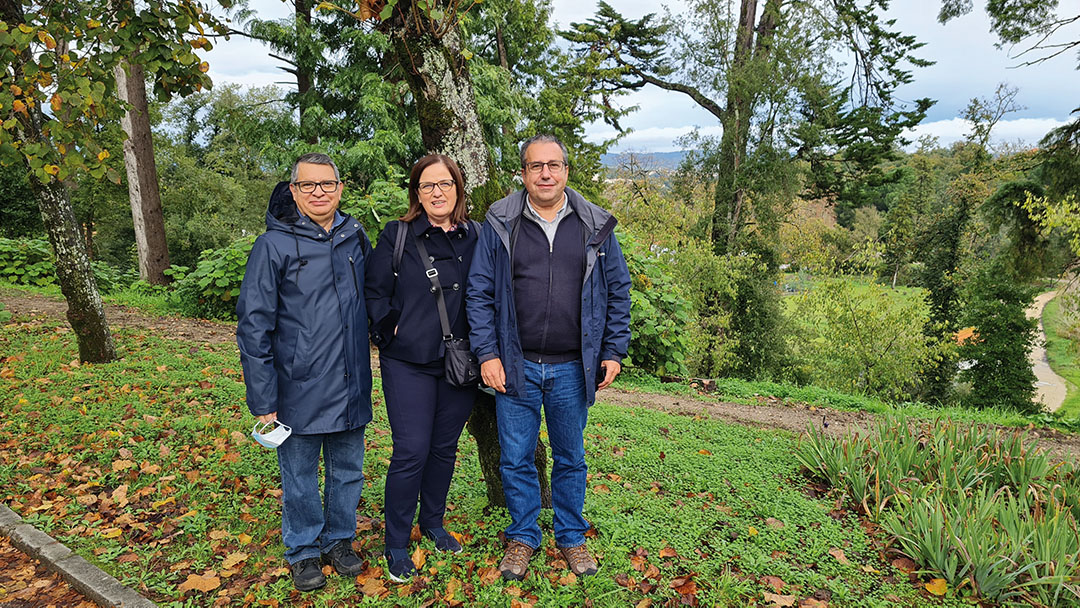
The reforestation will also revitalise nature tourism, an economic activity that already has an impact on the region, which will also benefit from the introduction of a “distinctive landscape”, attracting visitors to the region. José Gaspar believes that the project will make all those involved proud, for several reasons: active forest management, because it represents the recovery and renaturalisation of an extensive burned area; because it helps mitigate fire risk; and because of its innovative adaptive management model geared towards wildlife conservation.
The diversity and plurality of the partners involved is also what makes this project so special and innovative, according to the Mayor of Arganil. “I cannot help but believe that the project’s first, major challenge – which was also its first big achievement –, was managing to ‘convince’ Jerónimo Martins, and in particular Mr Pedro Soares dos Santos, that the Açor Forest Project was an earnest, credible and technically sustainable undertaking.”
CONTREEBUTING @Jerónimo Martins
In Colombia, Ara partnered with Contreebute to plant 616 trees of 9 different native species to offset the footprint of Ara’s expansion in Colombia. The new trees were planted in Cundinamarca, near our Siberia DC.
